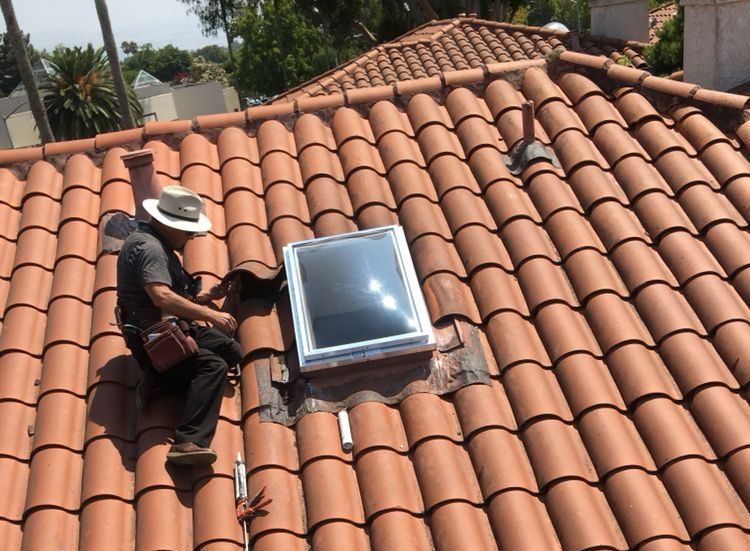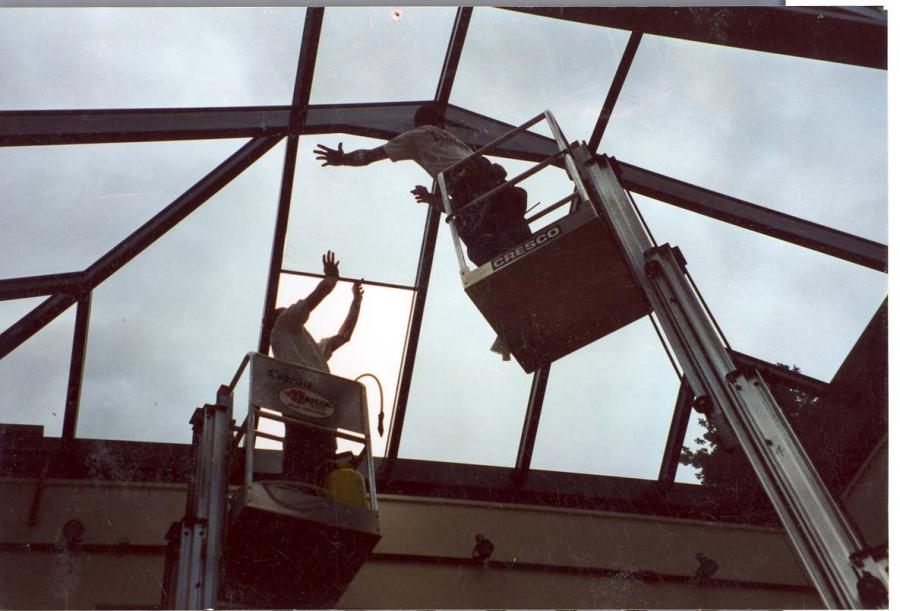
Skylights can let in up to 30% more natural light than vertical windows. As a result, they can make rooms feel larger and brighter.
Skylights come in an assortment of styles, shapes and sizes. So, how can you find the right one for your home? Before you choose, you’ll need to learn about your options. Doing research and finding information about skylights will help you make an informed choice.
Questions to Ask Yourself
Before you start researching your options, you need to determine what you want from a skylight so you can find one that will work with your home and lifestyle. Here are some questions to consider:
- Which room of the house needs a skylight?
- Do I want the skylight for a small area or a large area?
- How important is the energy efficiency of the skylight?
- Do I want the skylight to reduce noise from the outside?
- Do I want a skylight that provides ventilation or just light?
- Do I want the ventilation skylight remote controlled or do I want a manual switch?
Skylight Classifications
There are three major classifications of skylights: fixed, ventilating and tubular. Here’s some information about these three styles and their subcategories.
Fixed Skylights
Fixed skylights don’t open or move—their sole purpose is to bring additional light into the home. Styles and sizes vary from domes to rectangles. Some of the options under this category include:
Domed skylights
Domed skylights shed water more effectively than other types. As a result, they’re immune to water pooling, which makes them a good choice for homes in rainy areas or that tend to acquire ice buildup.
Round skylights
These skylights rise above the flat surface of the roof in a circular shape.
Flat roof skylights
This type of skylight maximizes light dispersion to illuminate a room.
Pyramid skylights
This style of skylight is comprised of four triangular pieces that form a pyramid projecting out from the roof.
Polygon skylights
This choice of skylights is impressive, but expensive. It’s an ornate style made using multiple acrylic or glass pieces shaped like triangles. It will peak above the roof’s surface.
Ventilating Skylights
Ventilated skylights can be opened and closed to allow air to come in. They’re an excellent choice for areas that needs extra circulation, like bathrooms and kitchens. A ventilated skylight has a hinge on one side and can open/close when needed.
Flat ventilated skylights often come in the form of a square or rectangle. They’re a flat glass or acrylic section. Domed ventilated skylights are just like flat skylights, except they’re rounded.
Tubular Skylights
The tubular skylight has recently appeared on the scene. Because of its small size (10 to 14 inches in diameter), it’s frequently used in closets, bathrooms and halls. In spite of their size, these skylights provide a lot of light. They look like light fixtures because of their size and intensity.
Sunlight comes in through a tube extending down from the roof. The interior part of the tube is covered with a reflective metal coating. The light reflects off of the metal into the room. Sun damage to carpet or other items in the room isn’t a problem because the sunlight is well diffused. This type of skylight is easy to install.
Standard Skylight Materials
Skylights are typically made of three standard materials: lexan, acrylic and laminated glass. Check to see which of these options is a possibility for you before you decide on the style of skylight you want.
Acrylic Skylights
This is the most common and cost-effective synthetic skylight material. You can select from single- or double-glazed applications, several tints and UV resistance levels. Acrylic skylights work well in utility rooms, workshops and garages where fashion is less of a concern than functionality.
Lexan Skylights
Lexan is similar to acrylic, but it’s more impact-resistant. It’s often used in areas that are prone to hurricanes.
Laminated Glass Skylights
Laminated glass comes in monolithic and insulated performance glass. You can use it with reflective coatings, low-E coatings and several different tints. It’s not available for use in dome skylights.
Skylight Glazing Options
Your options in skylight glazing will give you different degrees of protection and insulation. Your choice will depend on how severe the weather is in your area and how much insulation you want.
Single glazing
This type of glazing is obtainable in every type of glazing; however, it offers the least amount of insulation from weather and sound.
Double glazing
You can use double glazing with acrylic and lexan. This glaze includes a space of insulated air that’s mechanically sealed. It insulates from outdoor noises while making your house more energy-efficient.
Insulated glass
This particular type of glass is for glass skylights. The insulated glass is a hermetically sealed airspace that safeguards your house from the elements.

